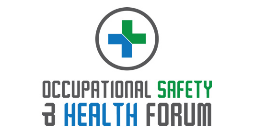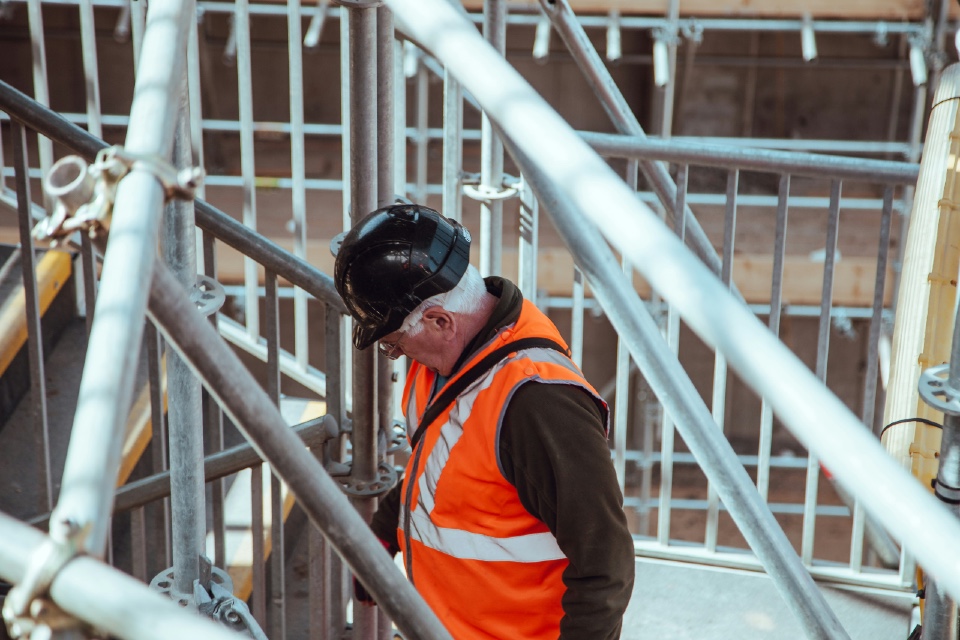Lord Alfred Robens (pictured) was a prominent post-war industrialist. In 1969, three years after the Aberfan disaster, Robens was selected to chair a committee on workplace health and safety. The Robens Report of July 1972 led to the Health & Safety at Work etc. Act 1974, paving the way for the creation of Health and Safety Executive (HSE) the following year. Fifty years ago this week the report was tabled and debated. Philip White, HSE’s director of regulation, believes Robens has not only stood the test of time, but remains relevant to HSE in a crucial new phase…
Lord Robens set to work with the aim of finding a way to reduce Britain’s work-related deaths, injuries and ill health. At that time there were around 1,000 work related deaths each year, half a million suffered injuries, and 23 million working days were lost annually through industrial injury and disease. Fifty years on, few would argue his report didn’t meet this aim.
We should all reflect on this achievement with pride. I believe that Lord Robens’ report, and the Health & Safety at Work etc. Act 1974, is a great British achievement. It demonstrates how government can work with the consent and agreement of those in positions of responsibility across society. It’s one of very few pieces of post-war legislation that has stood the test of time – and delivered what it set out to achieve.
Moreover, the spirit of Robens has carried through in several key pieces of legislation that HSE helped introduce to keep pace with changing world or work as well as ensuring the principal of those who create risk must take responsibility for controlling it: the Control of Major Accidents Hazards Regulations (1983), the Control of Substances Hazardous to Health (1988), the Construction Design & Management Regulations (1994) and the Gas Safety Management Regulations (1996).
But we don’t just believe in regulating by legislating. Our strategy, Protecting People and Places makes clear our commitment to finding new ways to address the most significant risks. As well as an expanding remit that now includes the Building Safety Regulator, which will enable people to feel safe in their homes, and heightened responsibility to the wider environment in our role in chemicals regulations, the economy itself and the way people work is also transforming. The drive to Net Zero will create new challenges, and the revolution in online retail means the model of regulating the retail supply chain may need to be reviewed.
We are under no illusion that some of these challenges are more abstract than those facing the readers of the Robens Report in the 1970s.
Look carefully through the report, and the transcripts of the subsequent parliamentary debates it generated, and you’ll find reference to two other issues that needed to be considered – work-related stress and apathy towards health and safety.
Both challenges persist in Britain’s workplaces today.
In 2020/21, 822,000 workers reported experiencing work-related stress, depression or anxiety – but it’s fair to say that the true figure is greater if you include those suffering in silence.
The Covid-19 pandemic created a renewed focus on health and safety for all of us. While many have positively sought to capitalise and harness this, I am troubled by even casual references creeping back into public conversations that associate health and safety with barriers to fun or innovation, overlooking the true mission of protecting people and places – and getting every worker home safely at the end of their day. If we need to challenge examples of this, we will do so without hesitation, but remembering Robens’ principle for controls to be practical and proportionate to the risk.
Robens still matters. And will still matter over the next 50 years.







